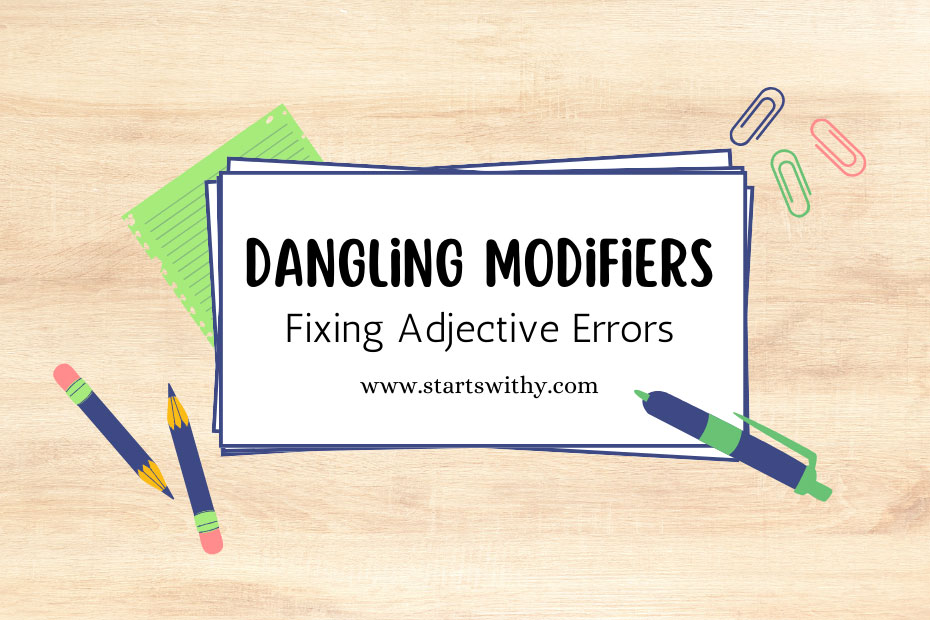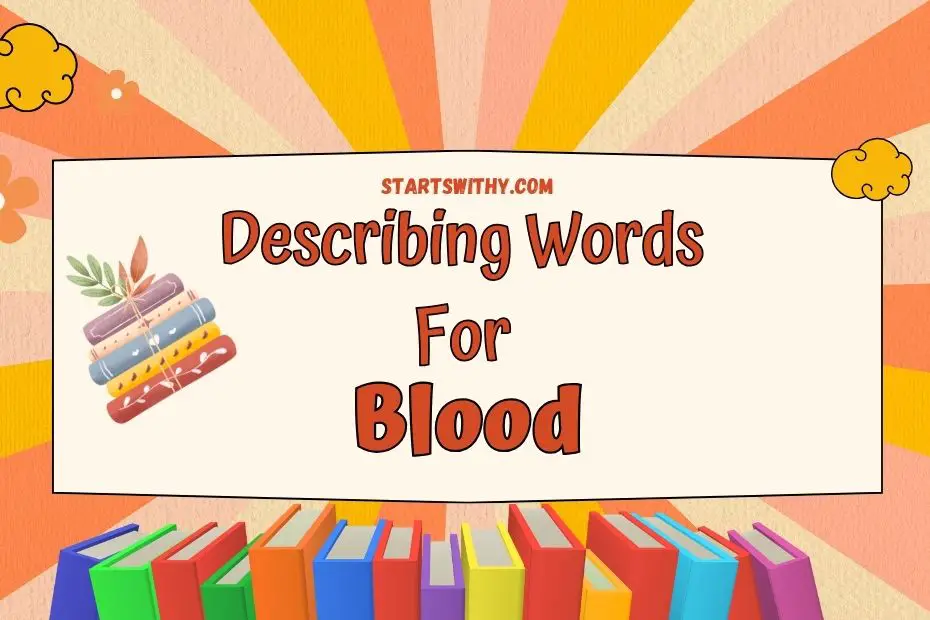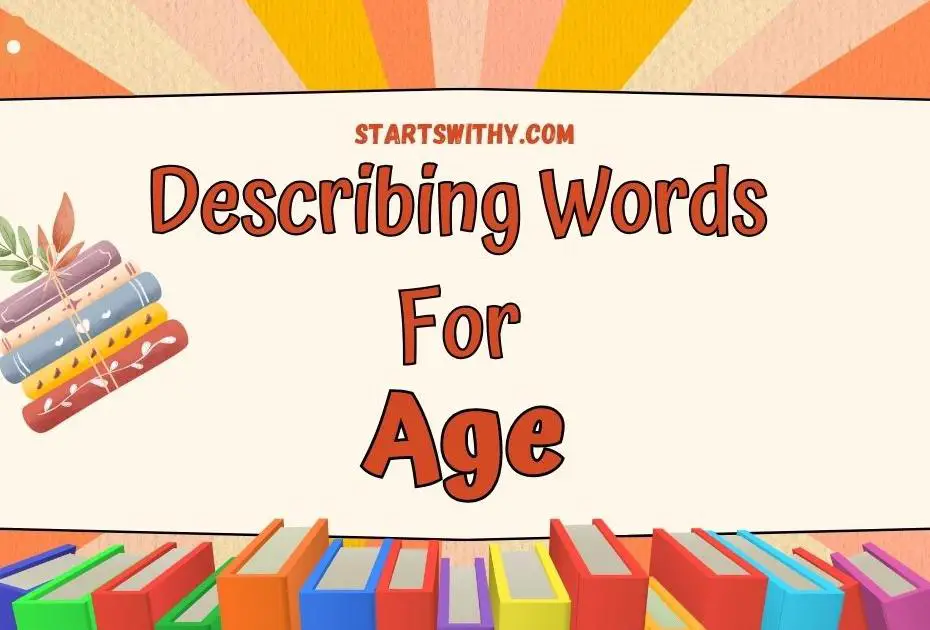Ever stumbled upon a sentence that left you scratching your head, wondering who or what it’s actually about? That’s often the handiwork of a dangling modifier, one of the most elusive grammatical gremlins out there. I’m here to shine a light on these adjectives gone astray, so you can spot them from a mile away.
Dangling modifiers can make your writing look careless and confuse your readers. They’re like uninvited guests at the grammar party, but don’t worry—I’ve got the perfect strategy to show them the door. Stick with me, and you’ll be wrangling those dangling modifiers in no time.
What are Dangling Modifiers?
When I’m crafting sentences, I’m always on the lookout for dangling modifiers because they can unintentionally add a hint of comedy or confusion to my writing. A dangling modifier is a word or phrase that incorrectly refers to a word that’s not clearly stated in the sentence. Often, it’s an adjective or a phrase that’s intended to describe something but fails because the thing it’s supposed to modify is either missing from the sentence or isn’t positioned where it’s supposed to be.
To help clarify, here’s how they typically form: a sentence starts with a modifying phrase, and the reader naturally expects that the next part of the sentence will clarify what that phrase is modifying. If that expectation isn’t met, the result is a dangling modifier. Preschool teachers know the importance of simple, clear language when teaching new words to children. Just as they lay out toys in an orderly fashion for easy selection, words in a sentence must be placed with purpose and care.
Consider this example: “After reading the book, the illustrations came alive.” The phrase “After reading the book” appears to modify “the illustrations,” which, of course, cannot read. This slip can be corrected by rephrasing the sentence to explicitly state who did the reading, thus adhering closely to clarity and accuracy, qualities that every teacher values.
In my quest to write without the blemish of danglers, I use a few strategies:
- Revisiting the sentence structure to ensure that the subject of the sentence is the one performing the action in the modifying phrase.
- Adding the implied subject into the sentence itself if it’s missing.
- Rearranging the sentence order so the modifier and the subject it’s intended to modify are in close proximity.
By addressing dangling modifiers with the precision of a teacher placing educational material in front of little learners, I ensure the sentences I construct stand up to the scrutiny of clarity and coherence. It’s a meticulous process, akin to the thoughtful approach teachers use to select every word they teach – with intention, direction, and accuracy.
Examples of Dangling Modifiers
When teaching the delicate nuances of English to eager young minds, I find that examples resonate profoundly. A dangling modifier may sound like a complex concept, but it simplifies with concrete illustrations. Imagine telling a delightful story to children and you say, “Running across the playground, the fall leaves seemed to dance with joy.” The visual is charming, but it’s unclear who’s doing the running—is it the leaves or someone else? Clearly, leaves don’t run; thus, this sentence contains a dangling modifier.
To help rectify such errors, let’s look at another instance. Consider the sentence “Having finished the assignment, the TV was turned on.” The implication here is that the TV completed the assignment, which, unless we’ve stepped into a science fiction story, isn’t possible. The correction would involve specifying who finished the assignment before engaging with the TV—for instance, a diligent student.
Let’s delve into more examples:
- Excited for the school trip, it was disappointing to hear it was postponed.
- Bent over with laughter, the joke seemed funnier than it was.
- Looking through the classroom window, the snow felt cold.
Each sentence above leads readers astray with its misplaced modifier. The excitement and disappointment are tied to the children, not the trip itself; someone is doing the bending over with laughter, not the joke; and it’s a person, not the snow, peering through the window. I address these errant modifiers by rephrasing, ensuring the modifying phrase connects directly to the word or phrase it describes.
Modifiers are the paintbrushes of language—they color our sentences with detail and emotion. When misplaced, though, they can paint an unintended picture. By presenting tangible examples and unpacking them, I aim to bring clarity to this topic and aid teachers in guiding their students toward precise and effective communication. Through this reflective process, teachers reinforce the essential skill of expressing oneself clearly, a cornerstone in the foundation of early education.
How to Identify Dangling Modifiers
Spotting dangling modifiers in your writing is easier when you know what to look for. The first red flag is often a sentence that starts with an ing-verb form or a to-infinitive phrase without a clear subject. I’ll always double-check to see if the modifier at the beginning of a sentence directly references the subject that follows. If it doesn’t, there’s a high chance that the modifier is dangling, causing confusion about who or what is performing the action.
For instance, in the sentence, “Running to the playground, the bell rang before I could slide,” the mistake is clear. The bell cannot run, rendering the phrase “Running to the playground” a dangling modifier.
Here’s a helpful technique I use: after writing a sentence with an introductory modifying phrase, I ask myself who or what the phrase is describing. If the following subject isn’t the answer, it’s time for a rewrite. To clarify the previous example, it should be, “Running to the playground, I heard the bell ring before I could slide,” which properly attaches the action of running to the subject, which is ‘I’.
Another helpful strategy is to look for signals in the structure of the sentence. Dangling modifiers often occur with:
- Participle phrases lacking a proper subject
- Infinitive phrases that become disconnected from their intended subject
- Adjectives that have strayed away from the nouns they are supposed to modify
Remember, precision in language use is a cornerstone of effective teaching, especially when dealing with the inquisitive minds of kindergartners and preschoolers. It’s crucial to present examples that are as clear and accurate as possible, allowing us to provide the solid language foundation our students need. Therefore, scanning for and repairing dangling modifiers not only sharpens our writing but also enhances our teaching methods. By doing so, we model the diligence necessary for our students to become proficient communicators.
Common Mistakes in Using Modifiers
When teaching the basics of language to our youngest learners, it’s essential to model accuracy and clarity. One pitfall I’ve noticed is the improper use of modifiers, leading to confusion instead of understanding.
Dangling modifiers often top the list of common mistakes. In an effort to be descriptive, one might say, “Running through the playground, the kite soared high.” Yet on closer inspection, it’s clear that the kite isn’t doing the running. A more precise statement would be, “As the child ran through the playground, their kite soared high.”
Another hiccup occurs with misplaced modifiers. Take the sentence, “I only have two crayons for the students,” which suggests that I’m just possessing two crayons and nothing else. To communicate effectively, I’d shift the modifier and say, “I have only two crayons for the students,” indicating the limitation is on crayons, not my possessions.
Using adjectives and adverbs appropriately can also be tricky. For instance, the difference between “The slowly snail crawled across the sidewalk” and “The snail crawled slowly across the sidewalk” might seem slight, but the latter is correct since ‘slowly’ describes how the snail crawled, not the snail itself.
To support the development of our kids’ language skills, I find it helpful to involve them in identifying and correcting such errors. We might play a game where they reformulate sentences to make them clearer or match descriptions with the correct subjects. This interactive approach not only heightens their engagement but also instills a deeper understanding of how words work together.
Grammar might be complex, but with thoughtful methods and a touch of fun, conveying the intricacies of modifiers can be a breeze. After all, when we lay the foundation with precision and care, our learners build their skills on solid ground.
Strategies for Fixing Dangling Modifiers
Teaching young learners the intricacies of language can be quite a challenge, yet it’s an incredibly rewarding experience. When it comes to dangling modifiers, I’ve found that simplification is key. I’ll start by breaking down sentences so that the kids can easily spot the mistake. It’s vital to show them that the subject doing the action needs to be clear. To fix a dangling modifier, I often encourage them to ask questions. For example, who was “running quickly”? By answering this, we add clarity to the sentence.
In my lessons, we’ll practice rewriting sentences together. I’ll introduce simple ones initially and gradually increase complexity as the students become more comfortable with the concept. We discuss how every action word needs a doer and we make sure that doer is actually mentioned in the sentence.
I also use visual aids as a means to hammer home the point. Imagine a picture of a cat followed by the sentence, “Walking through the garden, the flowers seemed to perk up.” Together, we’ll analyze why the flowers can’t be the ones walking. I’ll prompt the kids with, “Did the flowers grow legs while we weren’t looking?” This often gets a giggle and helps them remember the lesson better.
In our sessions, we also engage in peer teaching. This is where one student teaches another how to correct a dangling modifier. This strategy not only reinforces the concept but also enhances their confidence in identifying and correcting these errors. It’s fascinating to watch as they articulate the grammar rule and guide their classmates through the process.
Consistent practice is another must-do. I’ll introduce practice exercises frequently and across various contexts. We’ll look at examples in storybooks, instructional texts, and even in our daily conversation. Regular exposure ensures that students do not see grammar as an isolated topic but as an integral part of communication.
Moreover, I incorporate games that target modifier usage. Whether it’s a board game where they move along by fixing sentences or a matching game pairing modifiers with the correct subjects, the play aspect keeps the lesson engaging and memorable.
Remember, language can be a playground if you approach it with the right mindset. My goal is to make grammar not just informative but fun for my young students, sparking a lifelong curiosity and love for words.
Conclusion
Dangling modifiers can lead to confusion, but they’re no match for the power of simplification and consistent practice. I’ve shared how breaking down sentences, using visual aids, and engaging in peer teaching can transform grammar lessons from mundane to captivating. Remember, it’s all about sparking that curiosity and love for language in our young learners. So let’s keep grammar fun and ensure clarity in communication, one modifier at a time.



